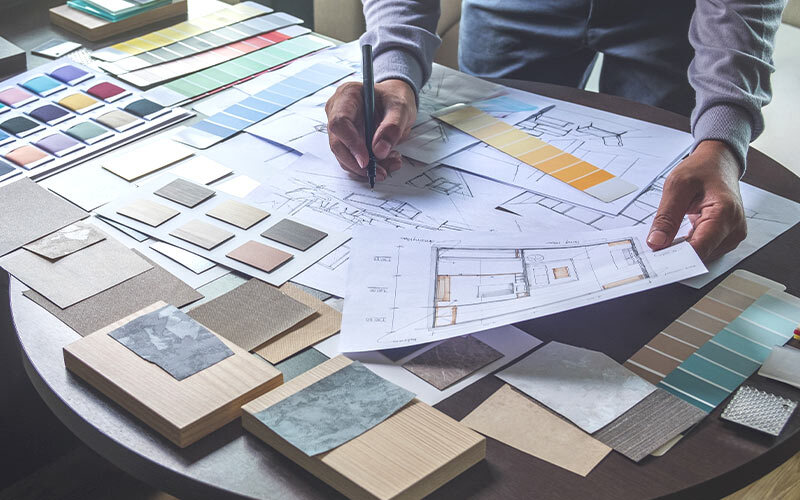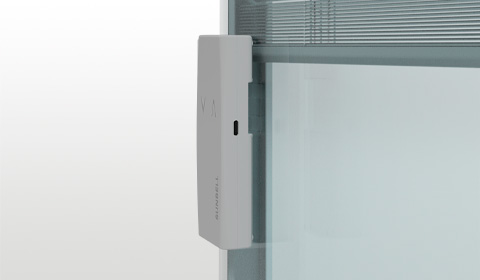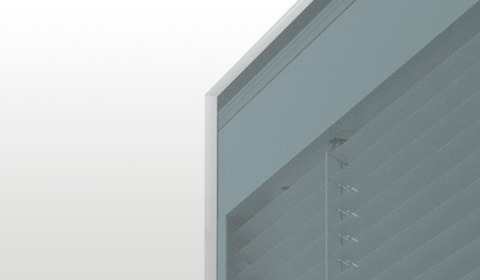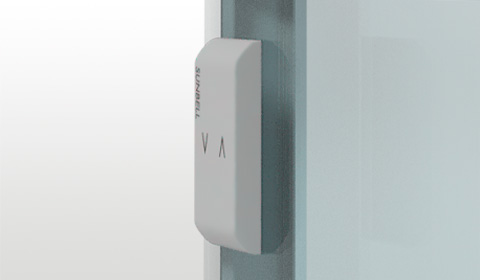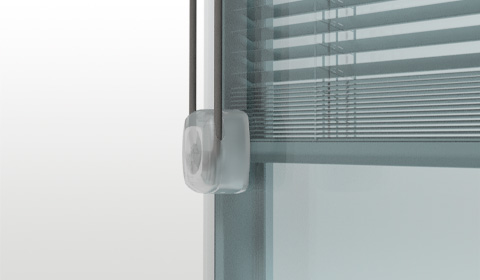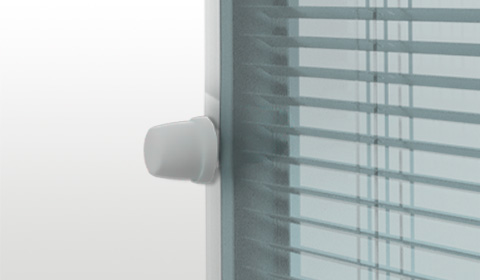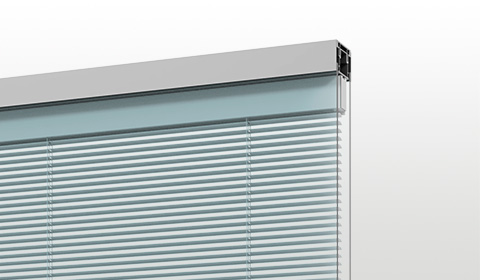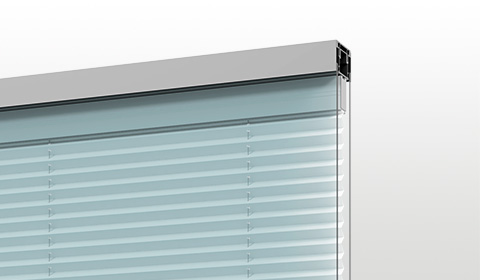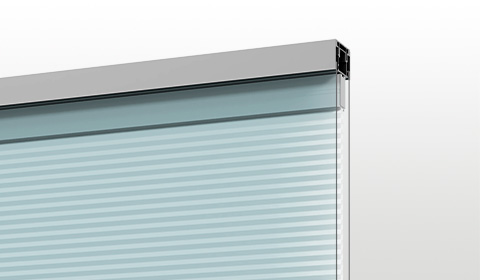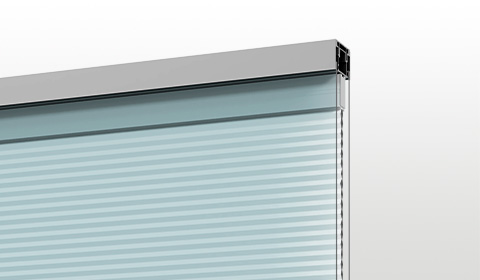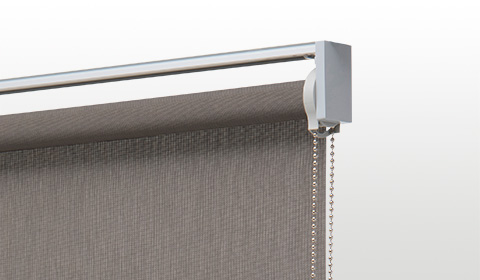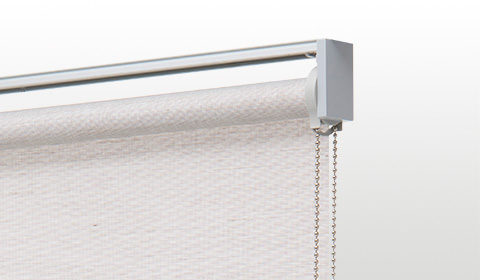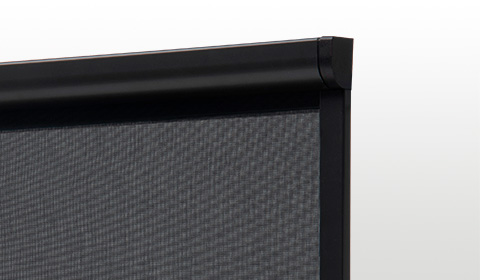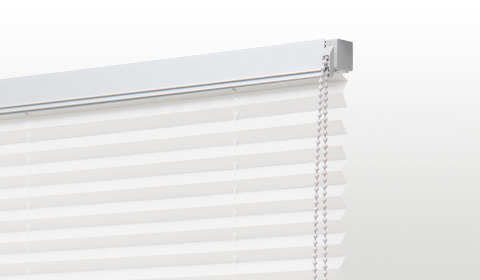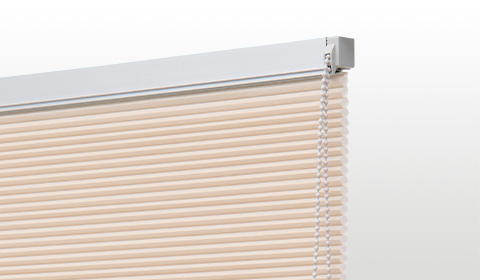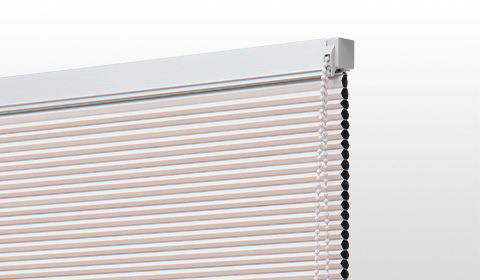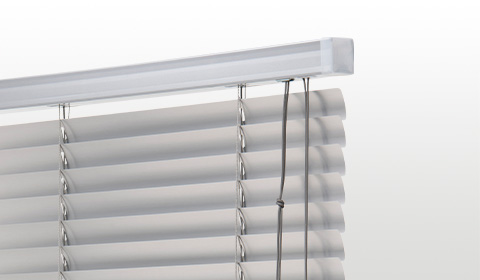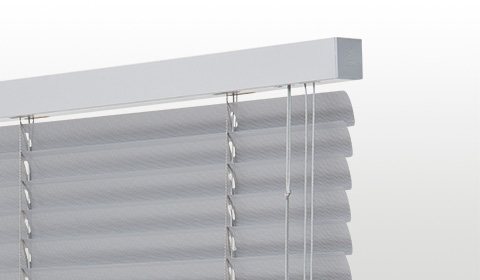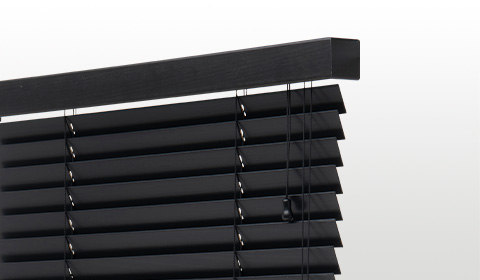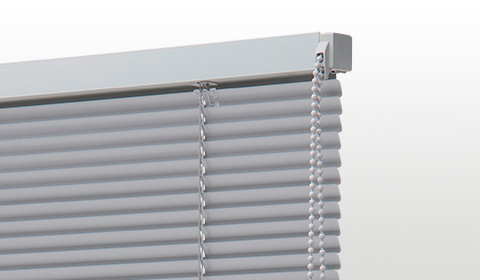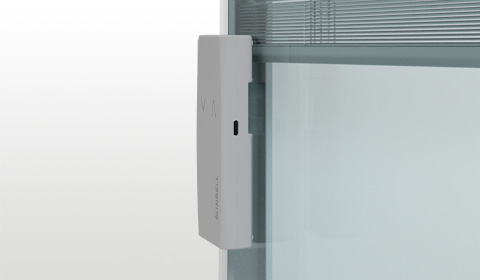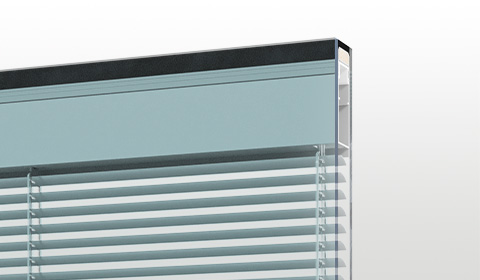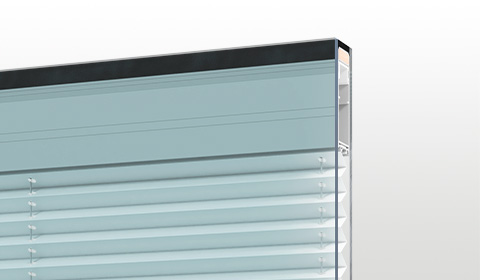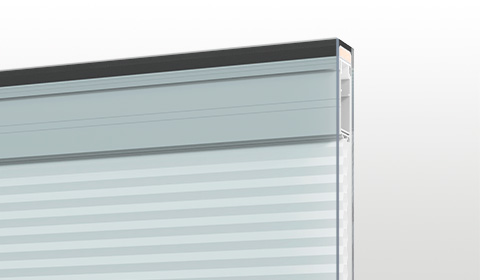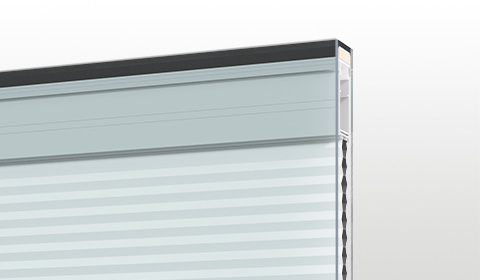A cover letter and a good portfolio are two essential documents that any architect needs to produce, as they illustrate both the ability and style of an architect and his career objectives.If you are looking for work in the architecture sector, your portfolio needs to be a captivating instrument to present your work.This article will look at what you should and shouldn’t include in an architecture portfolio, design techniques and layouts, formats, and presentation styles.
What’s an architecture portfolio
An architecture portfolio is an instrument used to present architectural expertise and offer services to potential employers.It’s unlikely for an employer to offer a position without having looked at a portfolio, as this is the only element able to offer proof of expertise and guarantee that the work will be delivered as requested.A good portfolio will be the cause of a successful job application as it enriches your cv, showcases your personality and all your abilities.
Architecture portfolio: what it needs to show
An architecture portfolio needs to provide a clear picture of past and present experiences and expose your architectural abilities.That’s why it is crucial to show experience at every stage of developing a project. It’s like a personal statement, presenting one as a designer, their work capabilities, and the tools used to achieve the desired results.It’s wise to show your best work and current projects because presenting old work might not indicate an appraisal of evolving developments in the field. It’s also important to give precedence to group projects you were involved in, to show your capacity to work in a team.You need to provide a 3D rendering or a visual of the finished building in a portfolio and the progress during construction and the positioning of the building in the environment, maintaining honesty about your role and involvement on the project.An architecture portfolio can be divided into the following parts:
- Short portfolio – Only two to five A3 or A4 pages. It needs to be a very carefully selected collection of your best and more relevant work. You should highlight quality over quantity and should feature one or two images per page.
- Main portfolio – it needs to be a complete representation of your work showing your expertise and including all the key examples of your work and your involvement in those projects.
Architecture portfolio: how to design one
All the advice so far is focused on architects with some experience. When thinking about students, their portfolio should demonstrate capacities, good overall comprehension and passion.Here are eight pieces of advice to create an architecture portfolio or improve the one you currently have.
1. Choose the right projects to show
You need to highlight your best and more pertinent work by selecting successful experiences and projects.Demonstrating competence through careful selection is critical, as these projects need to show your abilities, your range of experience and the tools with which you are most proficient.
2. Select appropriate images and drawings
As mentioned before, the supporting materials presented are as important as the actual drawings because highlighting diversification will showcase your abilities and talents.Drawings and images need to aim for quality rather than quantity. An excellent drawing or image will be more effective than a few of average quality.If you choose to showcase hand drawings, you need to scan them at high resolution or, if necessary, have them professionally digitalized.
3. Choose a format
We already mentioned how your portfolio should be in A3 or A4 format as anything bigger becomes difficult to transport while smaller formats are too limiting to show your work.An A3 document allows you to easily print your work to scale, while A4 still enables you to show it without loss of detail.Many studios will require you to send a partial or even a full portfolio by email before organizing a meeting. Remember that the easier it is for the receiver to appreciate your work, the more chances you have of being called for a meeting.
4. Create a structure for your portfolio
Designing a clear structure for your portfolio will offer a more coherent view of work, making it easier for a potential employer to understand it and enjoy it.The layout is entirely a personal decision, but it’s better not to fill up pages and pages of information – again, quality over quantity.We would advise you to use a white background unless a project needed a specific alternative.Photoshop and Illustrator can be used to modify and review your drawings and images, while Adobe InDesign is undoubtedly a great software to design an architecture portfolio.
5. Coherent layout
When designing a portfolio, the approach should be chronological, highlighting each project’s key aspects and specific knowledge.A clear and simple layout is crucial, and it will help demonstrate your development as a professional and showcase your career.This aspect of a portfolio can require some time and should be tackled from the beginning of the process.
6. Design a cover page
Your portfolio’s cover page will be the first thing that people will see, and it would be a good idea to keep it simple and clear.It should have a title and your full name – you can also include the name of your university if you are a student and your professional and academic status.The back of the cover page and the following pages are usually a good place to insert your CV. This will create a complete document that is useful during and after your meeting with a potential employer.
7. Create a file
Paper copies of your portfolio will be required for some meetings, while others will only require a digital version to be sent by email. Make sure you understand the meeting’s requirements.For anyone sending digital documents, it is important to bear in mind these few points:
- Your portfolio should be in PDF format and no bigger than 10 – 15 MB for easy transfer over email.
- Avoid JPEG and PNG files, and they might not look particularly professional.
8. Cover letter
To add a final touch, you should always add a cover letter to your application.It will be important to understand whom to address the letter to and personalize it according to the job you’re applying for.This will personalize your letter and make it relevant to your interviewer, offering you a greater chance of making a good first impression.
Conclusions
The candidate’s architecture portfolio is key during the interview process and for job selection.It is an important instrument that can showcase your professional abilities and potential, and that’s why it needs to be assembled with care and attention.

